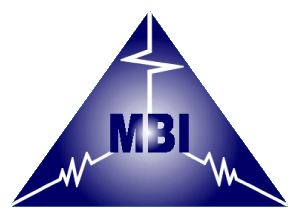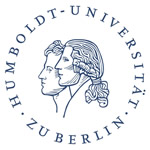Surface roughness in finite-element meshes: application to plasmonic nanostructures
Summary (expand/hide)
Photonic and plasmonic nanostructures almost unavoidably exhibit some degree of surface roughness for which the details depend on the fabrication process. A corresponding quantitative modeling thus requires the separation of numerical errors from the effects of roughness as well as the systematic construction of rough surfaces with prescribed properties. Here, we present a practical approach for constructing meshes of general rough surfaces with given autocorrelation functions based on the unstructured meshes of nominally smooth surfaces. The approach builds on a well-known method to construct correlated random numbers from white noise using a decomposition of the autocorrelation matrix. We discuss important details pertaining to the application of the approach for modeling of surface roughness and provide a corresponding software implementation. As an example application, we demonstrate the impact of surface roughness on the resonance frequencies and quality factors of a plasmonic nano-sphere dimer using an open-source boundary finite-element Maxwell solver. The approach can be utilized within a broad range of numerical methods to analyze the effects of surface roughness in various fields of science and engineering.
Default Region Image



